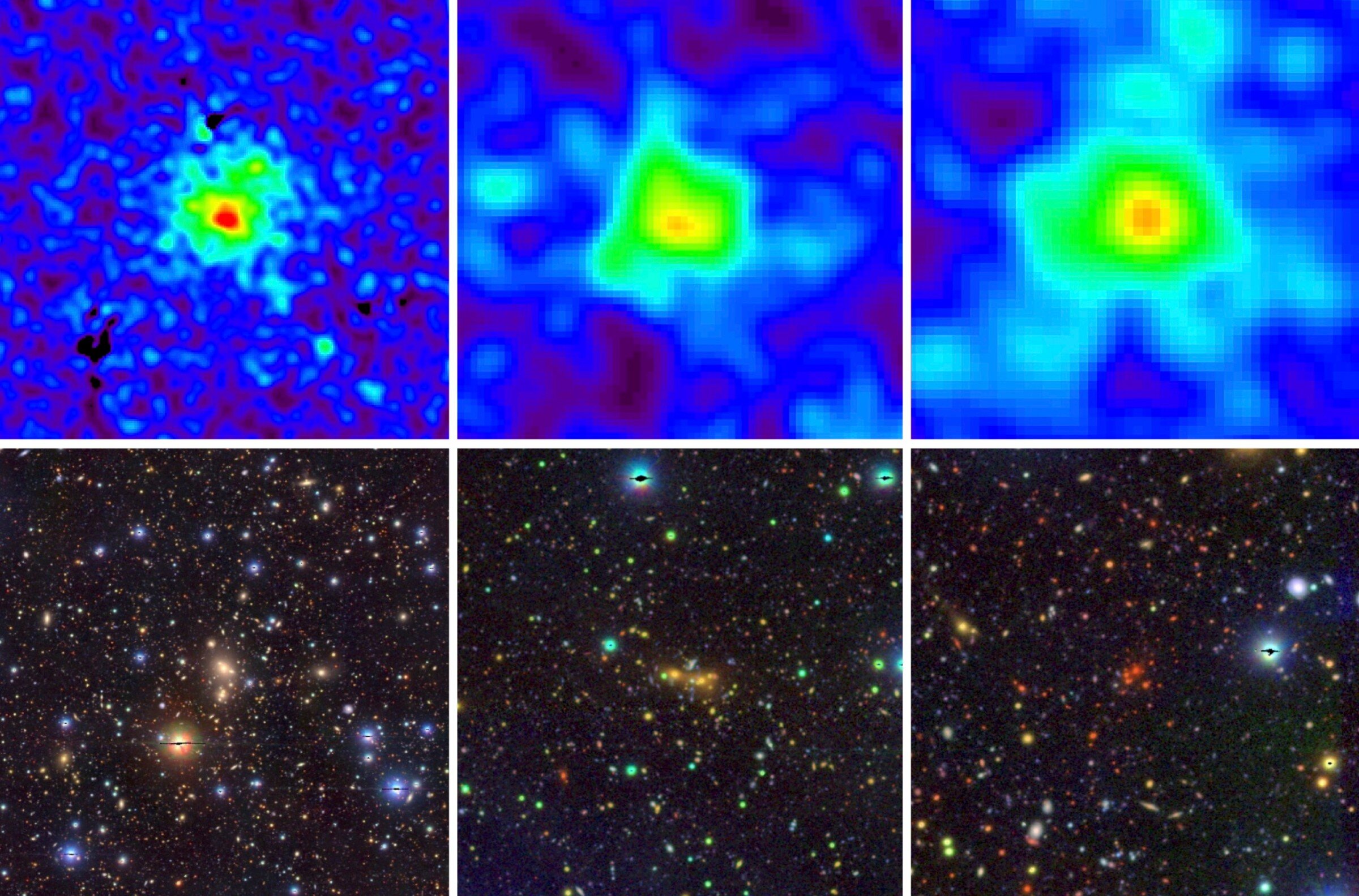
When Edwin Hubble observed distant galaxies in the 1920s, he made the groundbreaking discovery that the universe is expanding. It was not until 1998, however, that scientists observing Type Ia supernovae further discovered that the universe is not just expanding but has begun a phase of accelerating expansion. “To explain this acceleration, we need a source,” says Joseph Mohr, astrophysicist at LMU...
Read More







Recent Comments